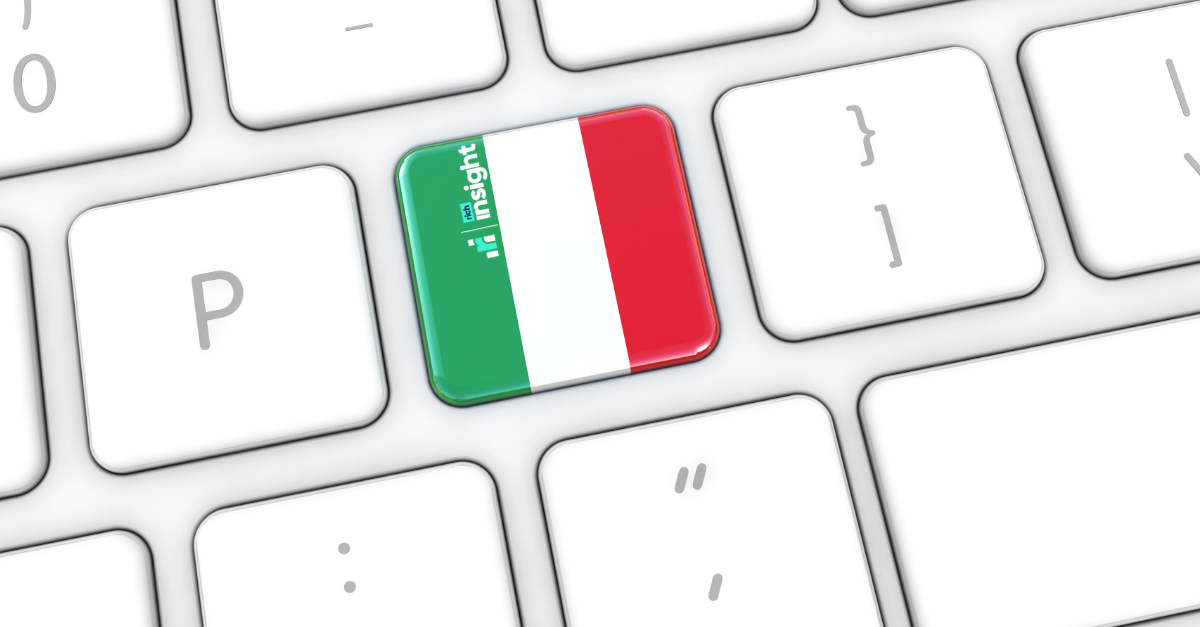With more than 150 online marketplaces out there, it can be difficult to know how to implement a localisation strategy. Nonetheless, it’s well worth doing, as online marketplaces can act as an additional marketing channel for your business.
According to Statista, there were 2.14 billion online buyers worldwide in 2021, making it more important than ever to expand your e-commerce practices.1 As English is the most spoken language in the world2, it’s tempting to think you can rely on non-native speakers to use your English-language marketplace; however, multiple studies show that website users prefer to make online purchases in their own language.
As a localisation specialist, Codex Global is here to help you localise your listings on international marketplaces. To this end, read on to learn more about localisation, its importance and how to implement a localisation strategy.
Understanding localisation
In a nutshell, localisation is a more comprehensive process than translation that:
- ensures your content is fit for purpose in different target markets
- takes account of non-textual and cultural elements
- ensures consumer preferences are referenced.
Why is localising important for international marketplaces?
Localisation can increase sales.
As 40% of consumers won’t buy from e-commerce websites in another language3, you increase your chance of a sale if you give them information in their native language.
It helps build brand awareness.
Establishing a presence on international marketplaces helps you gain brand awareness, receive wider consumer feedback, and gauge the demand for various products.
We at Codex Global understand the value of making the right connection with your target audience. As such, we work closely with brands to ensure that all localisation, content creation and multilingual brand management undertaken fits within your brand image.
Some marketplaces require it.
Google Merchant Centre’s guidelines state you must use the supported currency and language for the locale in which you’re advertising.
General approach to localisation strategy
Localising (or indeed creating) product listings on a new marketplace may seem daunting. The best way to approach it is in stages. Determine which product(s) and marketplace(s) are a priority for your business and start with those. Create a flexible and scalable plan with a realistic content calendar.
So, we’ve come up with a five-step process to develop an effective localisation strategy for international marketplaces.
Step one: Determine which marketplaces to use
You first need to decide which marketplace(s) to implement a localisation strategy on. You can do this by using an SEO tool to discover which marketplaces are already driving traffic and in which specific regions.
You could also consider branching out to a new, region-specific marketplace, such as:
- Mercado Libre, the biggest marketplace in Latin America. They even offer a Global Selling Program to help international merchants
- Rakuten to grow your business in Japan
- Allegro, favoured by 80% of Polish consumers
- Zalando, a European fashion marketplace.
Step two: Choosing an appropriate target language
Unfortunately, it’s not as simple as picking the official language of your target region. In fact, you should ensure your localisation strategy includes any minority languages in the region. For example, many Ukrainian citizens are native speakers of a language other than the official language (Ukrainian). The largest minority language is Russian due to the country’s history. 30% of Ukrainians speak Russian as their first language4, so you’d need to factor in that this country is not linguistically homogenous.
Step three: Balancing brand alignment and cultural sensitivity
Of course, you want to create a memorable brand that stands out on the market. However, a marketing strategy that works in one country is not guaranteed to succeed in another. You’ll need to thoroughly consider how you create market-appropriate titles, product descriptions and images.
Titles
As titles have a restricted character length, it’s important to choose your words carefully. But you should also think about the length of your title; some cultures like a lengthy title (e.g., Japan), but for others, it might come across as untrustworthy.
Product descriptions
The basic principles of creating an effective product description also apply to those for a new target market. However, you may also want to consider:
- tone: is the target language more formal than the source?
- humour: do jokes translate between the two languages?
- the terms consumers use to find products; these may not be a word-for-word translation
- perception of colour: for example, if you’re selling a red product, Western countries might associate this colour with stop signs and danger, whereas Eastern and Asian countries associate this colour with happiness and weddings
- product attributes: for example, are there different sizing conventions in your target market? Do customers prefer metric or imperial measurements?
- pricing: will selling in a new country incur extra costs for the consumer regarding shipping, duty and taxes? If so, clarify this in your product listing
- numbers: different countries use different currency conventions. For example, in the U.K., a full stop is used as a decimal separator (100.00), whereas in France and Germany, a comma is used (100,00)
- listing conventions: within most marketplaces, such as Amazon, the expectations surrounding elements like titles and product descriptions are largely the same across the globe but do check for varying rules.
Images
Of course, you want to use high-quality photographs of your products. However, you do need to consider what cultural factors affect visual imagery. Images that resonate in one market may cause cultural offence in another.
Step four: Optimising your localised content
While standard optimisation practices apply, you also need to consider:
- keywords: don’t assume you can directly translate them. Research keywords for the product in the target market.
- search engines: different target markets may use different search engines, such as Bing, Yandez, Naver, etc. Although Google strategies typically still work on rival search engines, some minor tweaks may be required. Even within the parameters of Google itself, every region’s Google ccTLD (e.g. Google.es, Google.fr, etc.) functions as its own market, so you may need to make changes.
- image alt tags: consider writing your own HTML for listings and localise these too.
At Codex, we offer performance localisation services to help you with this step. This process combines data analytics, SEO processes, technology and creativity.
Step five: Promote your localised content (and keep making it!)
Once you’ve completed your localisation strategy, it’s important to promote your localised content. Promote them across social media and your e-commerce site. You could even start an advertising campaign on the marketplace itself.
You should also ensure you don’t forget to localise new listings. Streamline your ongoing localisation strategy and track your performance regularly for optimum results. Or you could consider…
Working with a reputable content localisation partner
If you understand the benefit of a localisation strategy for international marketplaces but are still unsure where to begin, why not reach out to a content localisation partner?
Rich Insight provides a bespoke service to help brands identify the right channels and territories from hundreds of marketplaces. Our services include listing optimisation, and we liaise with Amazon and eBay. Contact us today for more information on how to grow your brand on international marketplaces.
As one of Rich Insight’s partners, Codex Global offers numerous services to help with localisation, including brand management, transcreation, translation, performance localisation and more! We specialise within various sectors, including fashion, cosmetics, consumer goods, travel and leisure and electronics. Contact us today to see how we can help with your localisation strategy.






Blog Comments